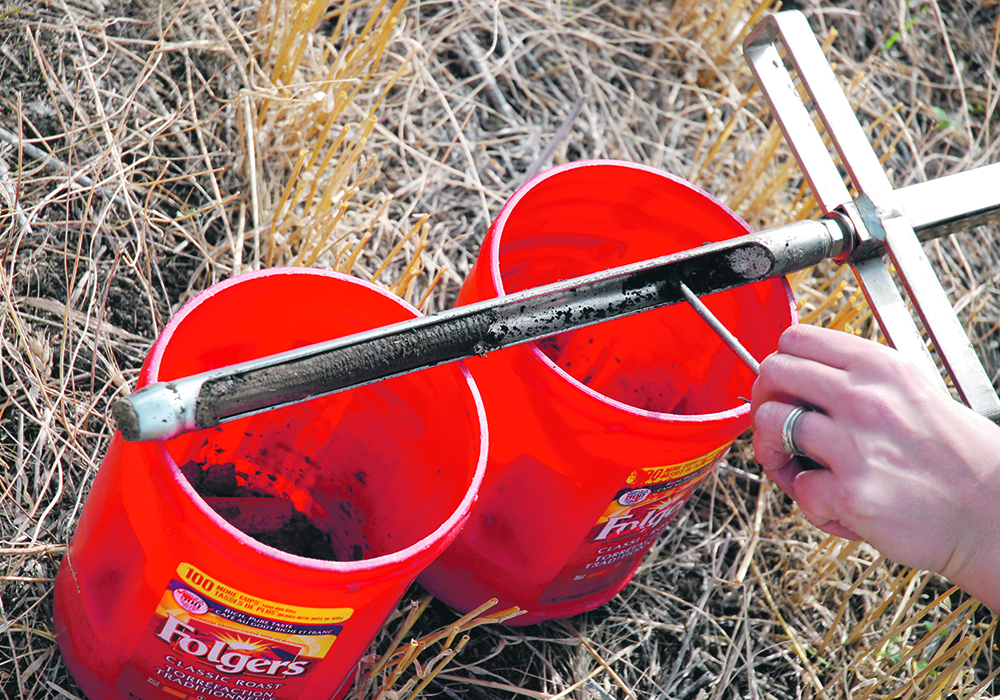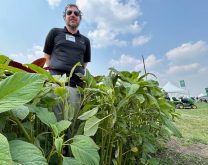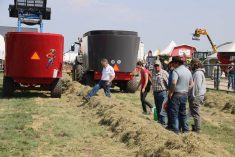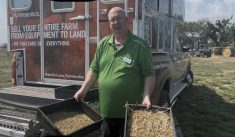One prairie company says it has seen sampling increase to around 1.4 millions acres from 150,000 acres 14 years ago
LANGHAM, Sask. — “You can’t manage what you can’t measure.”
That quote is usually attributed to Peter Drucker, an American management expert and business guru.
Some Canadian farmers must have heard that quote, or are listening to similar advice, because more growers are now using soil tests to measure and manage their crop nutrition needs.
Read Also
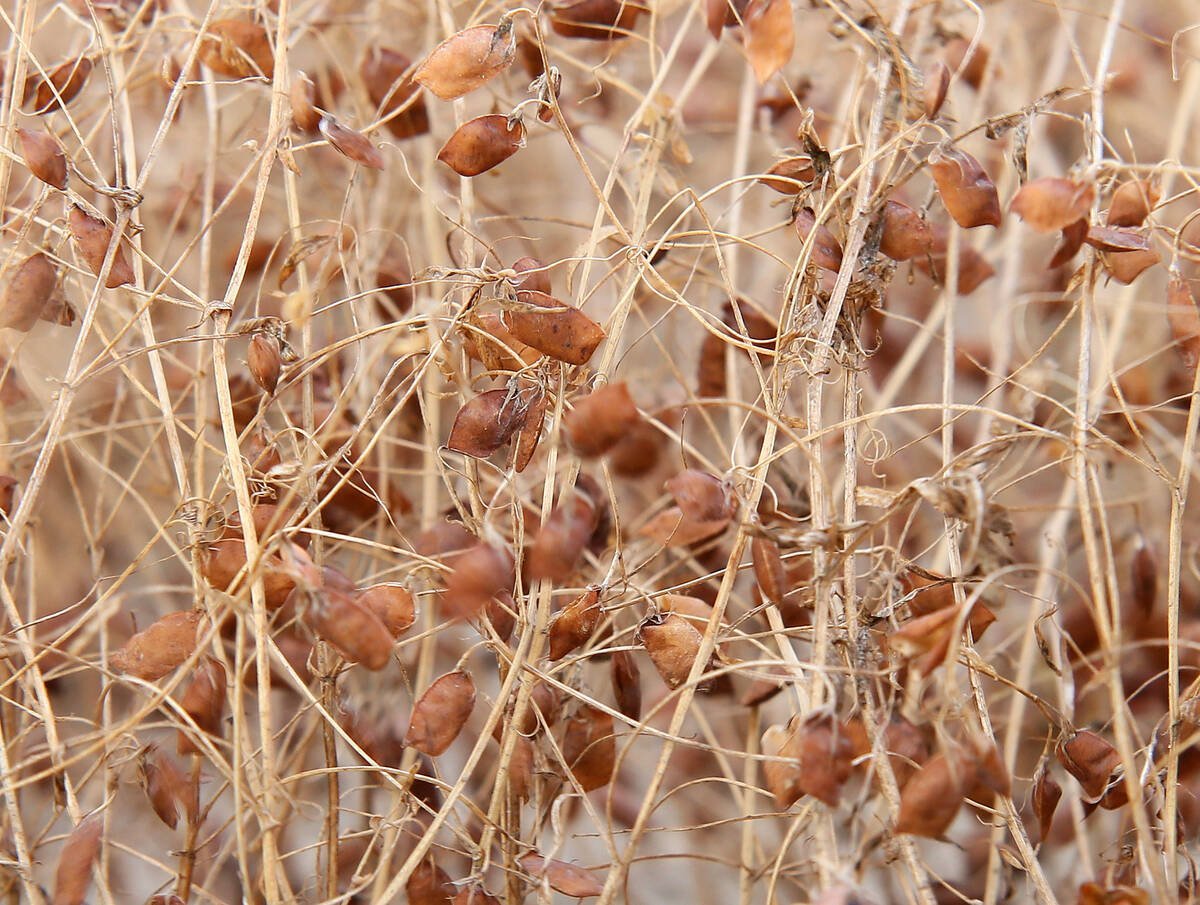
Europe holds promise for Canadian lentils
Pulse Canada is trying to help boost lentil consumption in Europe, which is already the fourth largest market.
“We’ve seen within our own customer base, year over year growth in soil sampling,” said Jesse Hamonic, vice-president and country head for Nutrien Ag Solutions.
“We’ve seen a skyrocket in soil sampling and how farmers are looking at variable rate, to maximize their (return) on fertility.”
Hamonic made his comments about soil sampling at the Nutrien Ag Solutions booth at the Ag in Motion outdoor farm expo northwest of Saskatoon.
Other companies at Ag in Motion have witnessed a similar trend. More farmers are buying into the concept of soil sampling and having more data to make decisions.
About 14 years ago, Blair Mitchell started working for Decisive Farming, an Alberta company that does soil sampling and provides agronomic advice and other services.
Back then, Decisive Farming was sampling about 150,000 acres on the Prairies.
“With the sampling season of 2024, we were up around 1.4 million acres across Western Canada,” said Mitchell, who is the company’s field operations manager.
“Over the last 13 years, it has been trending up and I don’t see a reason why it would stop. Input costs are not getting cheaper.”
The data suggests that there’s a direct link between grain prices and input costs, and the amount of soil testing in Canada.
When grain and input costs jump, farmers spend more money on soil tests.
For example, there was a significant increase in soil sampling in Canada during the commodity boom of 2008-10, said Wayne Black, national sales manager for A & L Laboratories Canada.
“Every time that the fertilizer price substantially increased, or the revenue from crops increased substantially, there was a big jump (in testing),” Black said at Ag in Motion.
The increase could also be connected to variable rate technology.
As more growers embrace variable rate, it increases the need for soil and crop nutrient data.
In addition to more soil testing, Hamonic has noticed more interest in variable rate technology as growers try to maximize profitability.
“It’s not about less or more (fertilizer). It’s about making sure it’s in the right place and there is the right amount of macro (nutrients) available for that crop,” said Hamonic, who spoke to the Western Producer about trends in Canada’s fertilizer market at the Ag In Motion show.
“(It’s) about optimizing on an acre by acre basis.”
Andrea Bilodeau, a senior agrologist with Decisive Farming, said farmers who do soil sampling for the first time want to look at all the data — macronutrients, micro-nutrients, organic matter and other data points.
That could change the next time they do soil tests, but the end goal is the same.
“Our producers are really looking to increase their knowledge … on how they’re (optimally) using their nutrients,” she said.
Black made a similar comment.
Farmers want more details of “what’s going on in that field, to get more use out of each dollar.”
He said there’s room for growth in the Canadian market when it comes to soil tests and analyzing the results because it doesn’t happen on the majority of cropland in Canada.
“When I look at the total volume of soil sampling … in Canada, we’re only testing about 16 to 20 percent of … what could be done for soil testing.”


